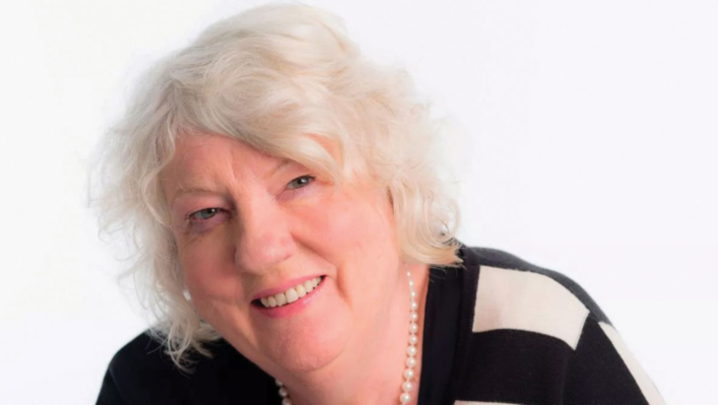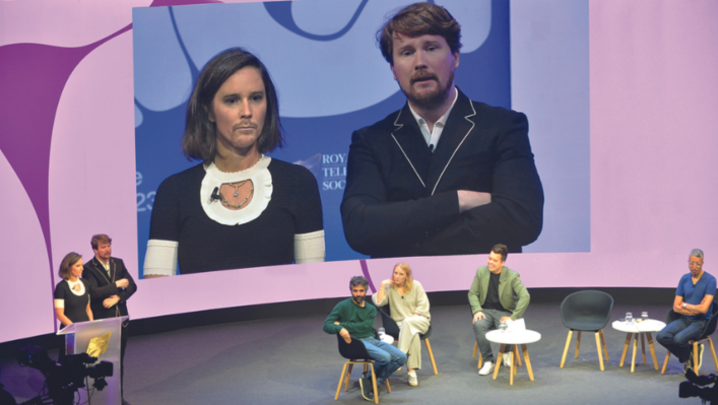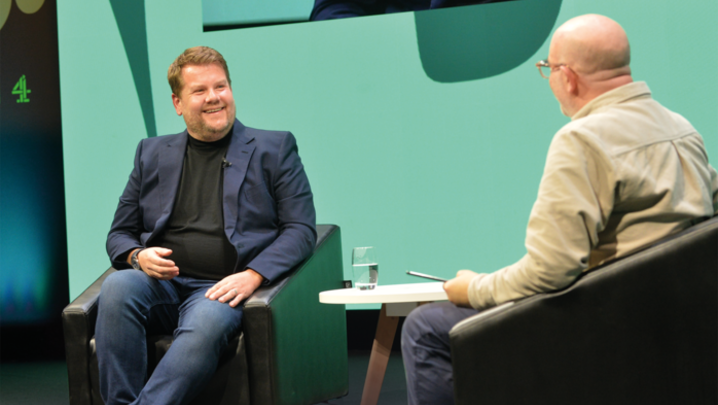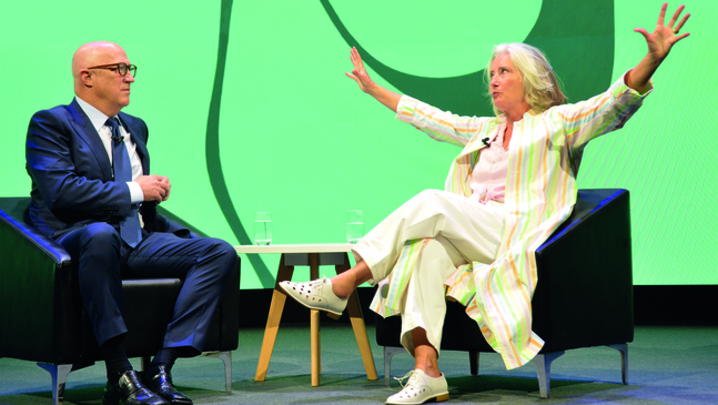Costume designer Pam Downe was interviewed by Matthew Bell.
Pam Downe designed the fabulous 1960s outfits for BBC One drama The Trial of Christine Keeler, a new take on the Profumo affair, the sex scandal that rocked a British government and was a defining moment in that influential decade.
She began her career as assistant to Oscar-winning costume designer Sandy Powell on Derek Jarman’s The Last of England.
What does the job involve?
Preparation time is anything from six weeks for contemporary drama to 12 weeks for period pieces. Scripts, though, are often written to the wire.
When you have the scripts, you do lots of research, gathering together images and thinking about how you want the costumes to look. I then create mood boards and start the collaborative process with the director, production designer, make-up designer and, often now, showrunner. Actors have input, too.
If you’re making costumes, you start fabric sampling, producing sketches and getting the costumes made. Designers don’t do the making; you have cutters and seamstresses for that. Finally, you start fitting the actors. You are constantly creating new costumes during the shoot – you can’t get everything done up front.
Do you make everything?
No, you get stock from costume hire companies and there’s a lot of rummaging around antique shops.
Modern or period?
People think contemporary is easier but everybody has an opinion on contemporary because they’re living it. With period, strangely, you seem to get more freedom. I really like both.
How do you get into costume design?
Nowadays, it’s best to come in as a trainee, learn on the job and work your way up – it can happen so quickly now, because there’s so much work around. There are not enough people in the industry. With the arrival of the US streamers, so much more drama is being shot.
Are there specialist jobs?
If you want to be a cutter, you have to learn how to construct period costumes – many art-school costume courses are really good for that. Milliners also have to train.
For The Trial of Christine Keeler, what was your biggest challenge?
Christine lived in two different worlds. We all know about her mixing with [Conservative Secretary of State for War] John Profumo and the upper echelons of society, but she was also involved with Notting Hill’s black community, which is where she felt most comfortable. I had to do costumes for scenes in West Indian shebeens – it was challenging to get right but it was also the most rewarding part of the job.
How has the job changed over time?
Preparation time is shorter and shoots are longer, especially on dramas for streamers.
What are the best and worst aspects?
When the costume, set and make-up come together and it looks good visually, [that gives me] so much pleasure. [The worst] are late casting and long hours.
What would you like to do in future?
Sci-fi would be fantastic, and so would 1920s and 1930s America – think of Boardwalk Empire – if you had the budget and time to do it richly.







